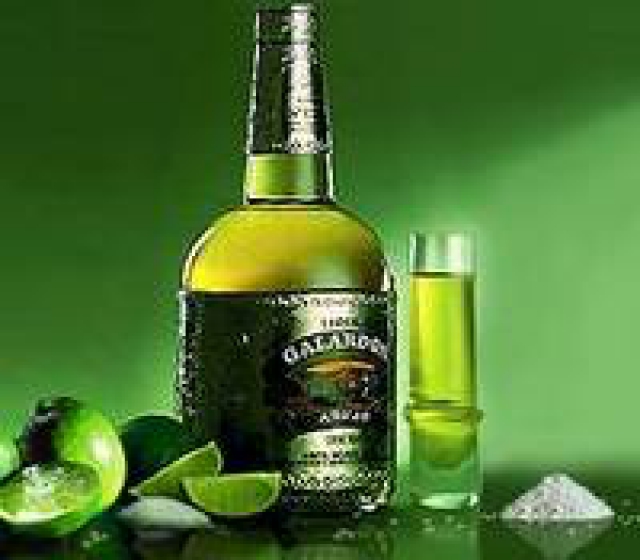Content: • • • • • • • • • • • • • Papaverin is an antispasmodic drug that is actively used to reduce the contractile function of smooth muscle fibers and to reduce muscle tone, which leads to rapid relaxation of smooth muscles. It is a derivative of opioid alkaloids and is produced by the method of synthesis. It is prescribed to eliminate spasms of bile ducts, ureters, gastrointestinal tract, decrease in the tone of the uterus. Used as a vasodilator for the coronary circulatory system for hemorrhages of the subarachnoid type and coronary bypass, as well as in a number of other cases. Farmgroup: myotropic antispasmodics. Composition, physicochemical properties, price Produced in three forms: rectal suppositories (suppositories), tablets, solution for injection. Thomas trainz downloads free download. Pills A solution of 2% (Papaverine in ampoules) Suppositories The main substance For 10 or 40 mg of papaverine hydrochloride in 1 table.
Lubov.instrukciya.po.primeneniyu.2011.x264.BDRip.720p.mkv 7.27 GB 版权提醒 本站不存储任何资源内容,只收集BT种子元数据(例如文件名和文件大小)和磁力链接(BT种子标识符),并提供查询服务,是一个完全合法的搜索引擎系统。. TSifrovoy_Meridian_Terapiya_Instrument_Instruktsiya_Po_Primeneniyu_YR7QDX.exe.torrent 1.2 MB INSTRUKTSIYA_TP6QTG.exe.torrent 391.61 KB Instruktsiya_N9WL8N.exe.torrent 1.32 MB.
For 20 mg of papaverine hydrochloride in 1 ml of r-ra - 2 ml of r-ra in 1 ampoule 20 mg of papaverine hydrochloride Excipients Sugar, starch, stearic acid, talcum powder Edetate disodium, L-methionine, water d / and Glycerides semi-synthetic up to 2 gr Physicochemical characteristics White tablets with two perpendicularly placed risks, dividing the tablet into 4 equal parts A clear solution that does not have a color or is slightly yellowish Torpedo-shaped suppositories, solid. Without smell. Packaging For 10 pcs. In contour cell blisters.
In packs of cardboard for 1-3 blisters 5 or 10 ampoules in carton packs For 5 suppositories in polyethylene blisters. 2 blisters per carton Price 40 mg № 10 - 10-40 rubles. № 10 - 35-50 rubles.  № 10 - 35-70 rub.
№ 10 - 35-70 rub.
Pharmachologic effect Papaverine hydrochloride is an inhibitor of the phosphodiesterase enzyme and leads to the accumulation of cyclic 3,5-adenosine monophosphate, a decrease in the level of calcium inside the cells, which causes a violation of contractility of the muscle fibers and relaxation of the smooth muscle structures of internal organs and vessels. In average therapeutic doses, it affects the central nervous system. In high doses leads to a decrease in the excitability of the muscle tissue of the heart and slows the rate of intracardiac conduction. A special feature of the drug is the absence of a paralytic effect - the muscles only relax, while their movements and functions are completely preserved. In addition to the spasmolytic effect, the drug has a moderate local exasperating effect, characterized by minor hypotensive and sedative properties. Pharmacokinetics Completely and quickly absorbed, it comes into contact with plasma proteins by 90%.
It penetrates the blood-brain barrier and all tissues. Undergoes biotransformation in the liver.

The half-life period varies in the limit of 0.5-2 hours. It is excreted by the kidneys in the form of metabolites. Indications • spasms of smooth muscles; • spasms of the gastrointestinal tract on the background of, spastic colitis; • pilorospasm; •; • spasms of peripheral blood vessels; • spasms of the central nervous system; • spasms of the heart vessels against the background of and (in the complex treatment); • urinary retention in the background of urinary tract spasm; • bronchospasm.